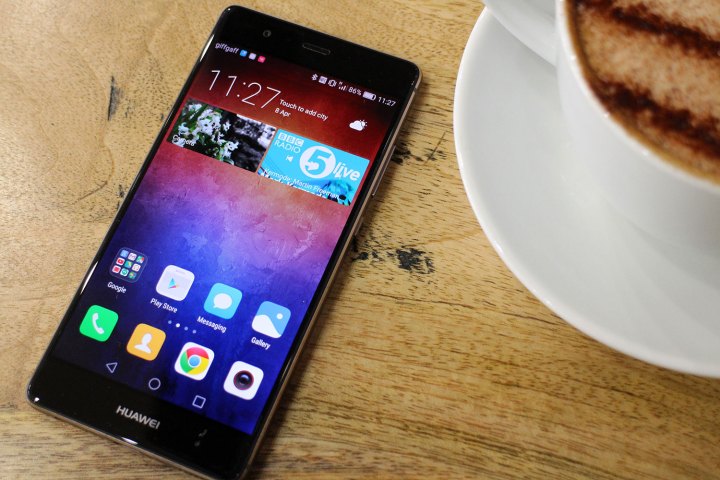
Gang knows exactly what it means if negative reports were left to percolate. More specifically, a DigiTimes report alleged that the world’s third-largest phone maker cut its full-year shipment target from 140 million to 120 million. Furthermore, a Patently Apple report alleged that Huawei cut its third-quarter shipment target by 10 to 20 percent.
According to the reports, which come from different sources, the cuts come from high-end phone demand not being what it might have been expected to be. To dispute this, Gang said Huawei shipped 2.6 million P9 and P9 Plus phones — the company’s two latest flagships — in two months. This is double what the P8 sold when it was released in April 2015, according to TechWeb. Huawei expects to ship between 14 million and 15 million P9 and P9 Plus units for the third quarter.
Gang also put to rest the rumor that Huawei cut its shipment target for the year, saying that the company fully expects to ship 140 million phones by year’s end. At the same time, there is plenty of pressure to meet that goal, especially as worldwide growth in the phone market is expected to flatline, or even reverse, by 2020.
Huawei did ship 108 million phones last year, which is why it is only behind Samsung and Apple as the world’s largest phone makers and China’s No. 1 phone maker. We will have to wait and see whether Huawei will meet its self-imposed shipment target for the year, though the company certainly is not lacking in confidence.
Editors' Recommendations
- I wish I could buy Huawei’s new Pura 70 phones
- 6 years later, the iPhone X still does one thing better than the iPhone 14 Pro
- Google is paying a historic $85 million fine after illegally tracking Android phones
- Honor vs. Huawei camera battle shows the master still rules
- Apple’s rumored foldable iPhone is still several years away


